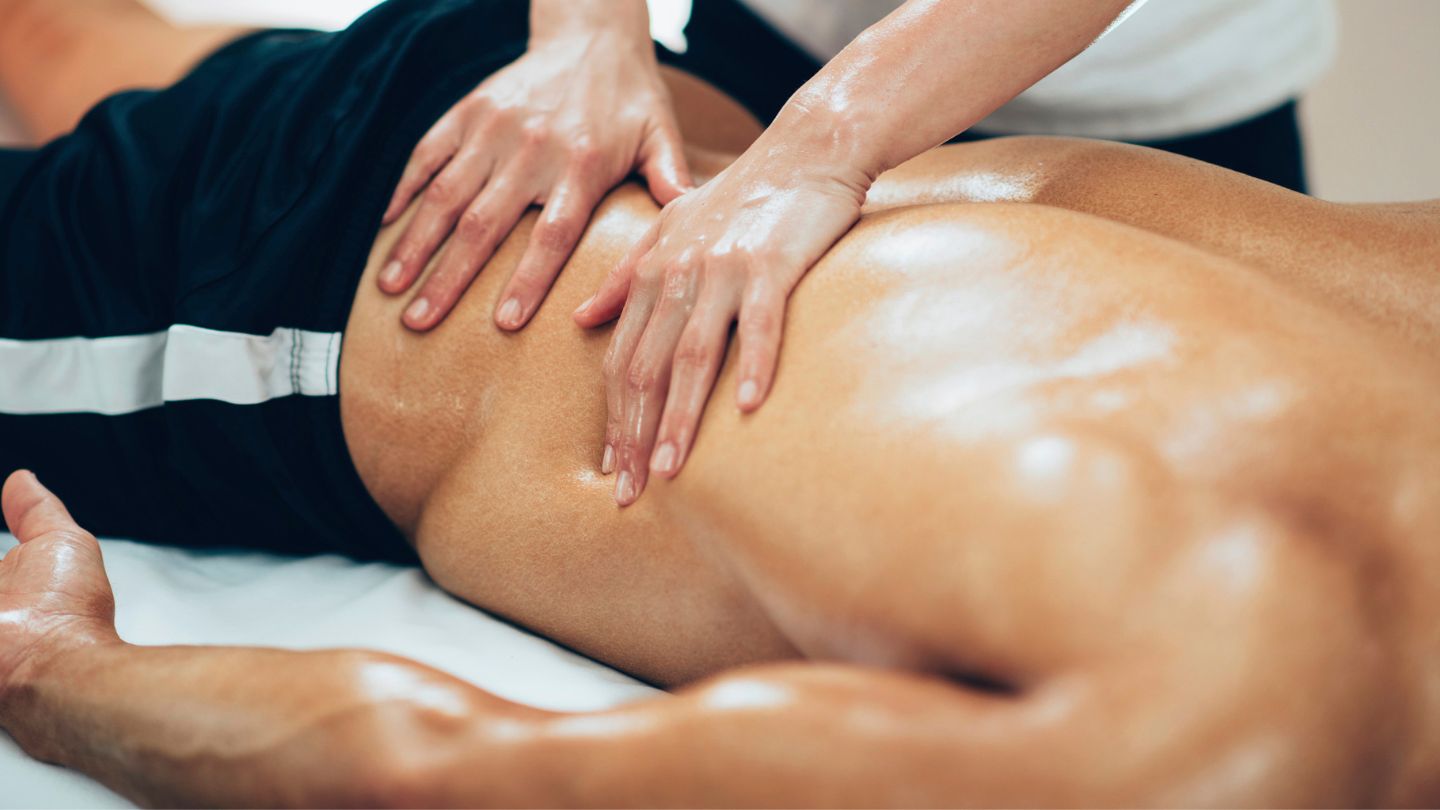
In the high-stakes world of elite sports, recovery is as crucial as the training itself. Athletes are turning to innovative sports massage techniques to bounce back faster, reduce the risk of injury, and maintain top physical condition.
Let’s pull back the curtain and reveal the nine sports massage techniques that the world's premier athletes swear by for rapid recovery.
1. Myofascial Release
“The myofascial release is a favorite among athletes for its effectiveness in treating skeletal muscle immobility and pain. This technique involves applying gentle, sustained pressure into the connective tissue restrictions to eliminate pain and restore motion,” as noted by a sports massage specialist from Rouse Hill.
By strategically releasing the fascia, athletes can improve their flexibility and range of motion, which are essential for optimal performance. This method has become a cornerstone in the recovery process, setting the stage for more dynamic movement and less risk of injury.
2. Swedish Massage
Though traditional, Swedish massage stands as a cornerstone in sports therapy, offering a variety of benefits, including increased blood flow, muscle relaxation, and tension relief.
Swedish massage’s strokes work in tandem with the body’s natural flow, promoting faster recovery by flushing out toxins. Its gentle approach makes it a sustainable option for athletes to incorporate regularly, ensuring their bodies are primed for the demands of high-level performance.
3. Deep Tissue Massage
Deep tissue massage goes further into the muscle to relieve the stress and tension that can accumulate in an athlete's body. It focuses on the muscles located below the top muscle layer, which are often the source of chronic pain and stiffness.
This technique is vital for athletes, helping to correct imbalances and improve range of motion. Regular deep tissue massage can translate to significant improvements in performance and a noticeable reduction in injury occurrences.
4. Trigger Point Therapy
Trigger point therapy targets specific areas of tension within the muscle fibers that can contribute to pain and impede an athlete’s performance. These "knots" can refer pain to other parts of the body, creating a chain effect of discomfort.
By applying pressure to these points, athletes can experience significant pain relief and functionality restoration. It’s a targeted approach that pays dividends, allowing athletes to train harder and recover faster.
5. PNF Stretching
Proprioceptive Neuromuscular Facilitation (PNF) stretching is more than your average stretch. This technique combines passive stretching and isometric stretching to achieve maximum static flexibility.
PNF has been shown to improve muscular strength and endurance, key components in an athlete’s recovery and performance toolkit. It's a technique that acknowledges the body's neural and muscular systems' interconnectedness, promoting faster and more efficient recovery.
6. Sports-Specific Massage
Customization is key, and sports-specific massages are tailored to meet the unique demands of each sport, targeting muscles that are most used and, therefore, most in need of recovery.
This approach not only helps athletes recover from the strain of their specific sport but also enhances their performance in subsequent training sessions and competitions. By focusing on the muscles that are most impacted, recovery can be more rapid and more complete.
7. Lymphatic Drainage
Lymphatic drainage techniques are designed to stimulate the body's lymphatic system, which helps process waste and toxins. For athletes, this can mean reduced swelling and inflammation post-workout.
The light, rhythmic strokes used in this technique help speed up the recovery process by facilitating the removal of metabolic waste from the muscles and joints. It’s a less intense but equally vital technique for maintaining athletic health.
8. Cryotherapy Massage
Cryotherapy massage combines massage techniques with the application of cold temperatures to reduce inflammation and muscle spasms. It’s particularly beneficial after an intense workout or competition.
The cold helps to numb sore tissues, providing instant pain relief, while the massage encourages circulation and healing. This one-two punch is a modern-day staple in the athlete’s recovery arsenal, offering a quick return to peak physicality.
9. Compression Therapy
Compression therapy is a simpler but no less effective technique involving applying controlled pressure to increase blood flow and decrease muscle soreness and fatigue.
By using specialized equipment, athletes can ensure consistent and even compression, which aids in the recovery process. This method is particularly popular for its ease of use and can be done virtually anywhere, providing recovery support whenever it’s needed.
Mastery Over Muscle and Mind
For elite athletes, these nine sports massage techniques are not just treatments; they are integral parts of a well-oiled machine. Each technique provides a strategic advantage in the relentless pursuit of excellence. Incorporating these into a recovery routine can make the difference between a good